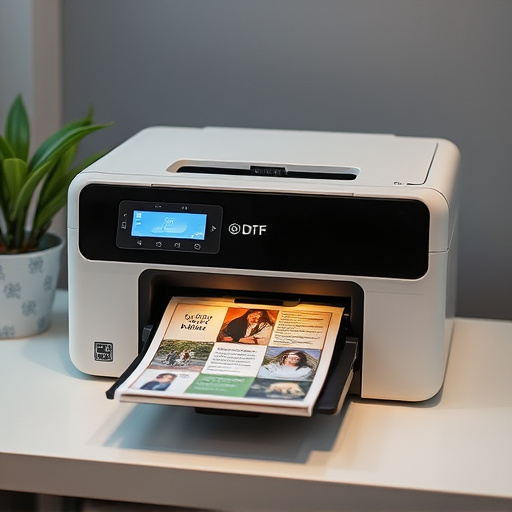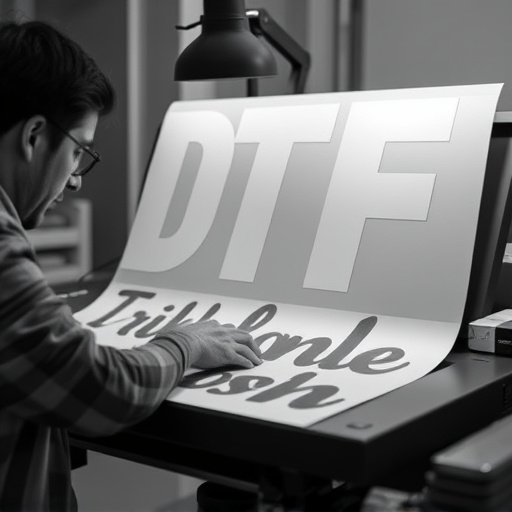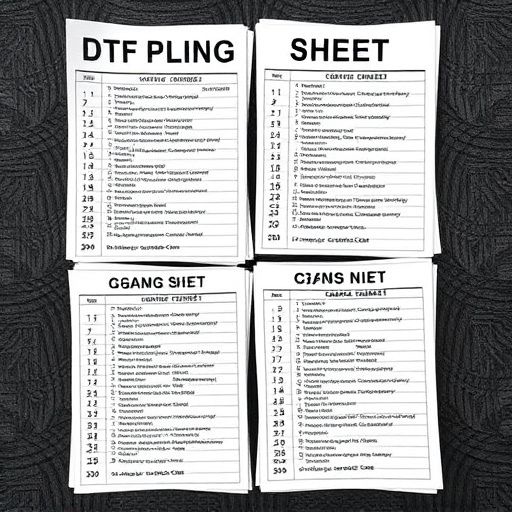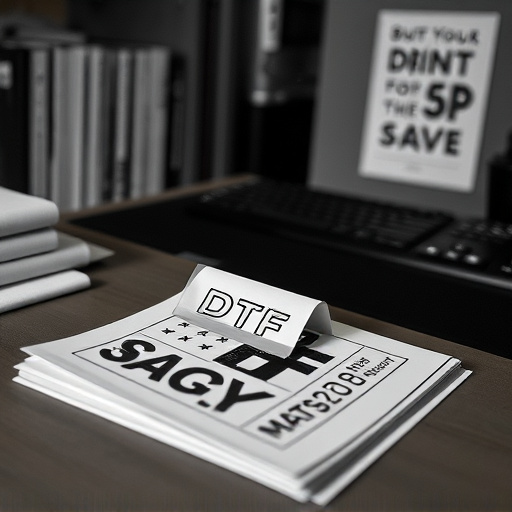The DTF Hot Peel Film is a vital component for direct-to-film printing, enhancing personalized apparel production with its protective and precise print features. Compatible with DTG printers and heat presses, this film guarantees crisp, vibrant prints that last on various fabrics, making it ideal for businesses catering to diverse custom demands. Effective use requires best practices including proper handling, temperature control, and following recommended guidelines for optimal transfer results without smudging or damaging designs or fabric.
“Uncover the transformative power of DTF Hot Peel Film in enhancing transfer results. This innovative material has revolutionised the printing industry, offering a unique blend of properties. In this article, we explore how its heat-activated adhesive and easy peel-away mechanism impact various transfer processes. From vibrant, crisp prints to navigating challenges, discover best practices for optimal results with DTF Hot Peel Film, ensuring every design is flawlessly transferred.”
- Understanding DTF Hot Peel Film: Properties and Functionality
- The Impact on Transfer Results: Advantages and Challenges
- Best Practices for Using DTF Hot Peel Film: Ensuring Optimal Transfers
Understanding DTF Hot Peel Film: Properties and Functionality

DTF Hot Peel Film is a specialized material that plays a pivotal role in the direct-to-film (DTF) printing process, particularly for items like personalized hoodies and t-shirts using a heat press. This innovative film is designed to facilitate the transfer of intricate designs onto various fabrics with exceptional clarity and precision. Its unique properties include superior adhesion to fabric, ensuring that even complex artwork retains its integrity during the heating and pressing stages.
The functionality of DTF Hot Peel Film lies in its ability to act as a protective layer between the design and the fabric until the heat press application. This prevents smudging or shifting of the image, resulting in high-quality, long-lasting prints on items like hoodies and t-shirts. Its compatibility with DTG (Direct-to-Garment) printers and heat presses makes it a versatile choice for businesses catering to a wide range of custom apparel needs.
The Impact on Transfer Results: Advantages and Challenges

The use of DTF Hot Peel Film can significantly impact the results of a heat transfer process. One of the key advantages is its ability to ensure precise and detailed transfers, especially when using custom sheets for heat pressing designs onto garments. This film allows for a smooth peel after application, leading to crisp, high-quality prints that are vibrant and long-lasting. It’s particularly beneficial for intricate or fine-line designs where precision is crucial.
However, there are also challenges associated with DTF Hot Peel Film. The peeling process requires careful handling to avoid smudging or damaging the transfer. Additionally, the film’s heat sensitivity means that improper application or setting temperatures can result in prints that are either too light or not fully transferred. Despite these challenges, when used correctly, DTF heat transfer paper offers a game-changing solution for creating indelible, vibrant designs on various materials.
Best Practices for Using DTF Hot Peel Film: Ensuring Optimal Transfers

Using DTF Hot Peel Film effectively requires adhering to best practices for optimal transfer results. Firstly, ensure your DTF printer is well-calibrated and maintained regularly to deliver precise and consistent prints. The quality of ink and its compatibility with the film are also crucial; using high-quality, compatible inks reduces issues like bleeding or smudging during the transfer process.
For best results in bulk DFT shirt production, pre-treat your fabrics properly before applying the film. Clean, dry, and smooth fabric surfaces ensure better adhesion of the design. Additionally, carefully peel off the backing film immediately after printing to prevent ink smudging and ensure a crisp, clear transfer. Timing is key; allowing the hot peel film to set for the recommended duration enables easier removal without damaging the printed design or the fabric.
The DTF Hot Peel Film is a versatile tool that significantly enhances transfer results, offering both advantages and challenges. By understanding its unique properties and implementing best practices, users can maximize its potential. This article has explored the impact of this film on various transfer processes, highlighting its ability to revolutionize printing techniques while also cautioning against potential issues. With optimal usage, DTF Hot Peel Film can become a go-to solution for achieving precise and high-quality transfers in today’s print industry.














